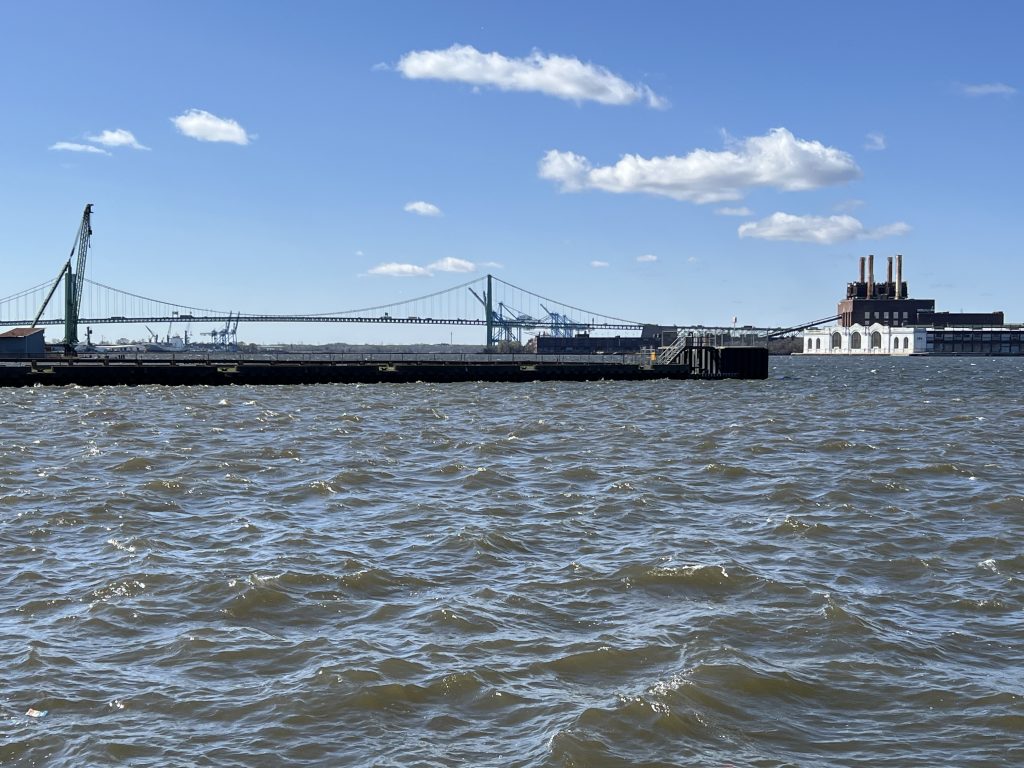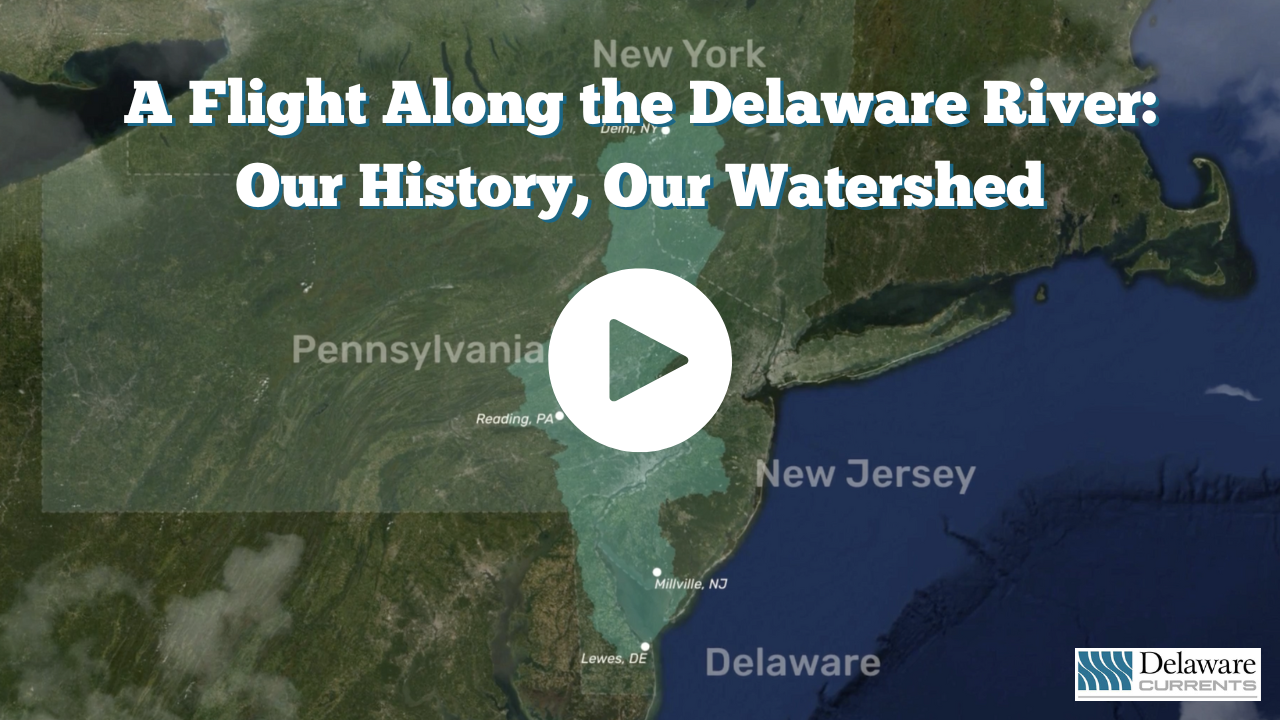
The Water Table is tackling workforce development
| May 4, 2025
When the Water Table was inaugurated, about three years ago, the goal was to develop a watershed-wide group focused on water quality that is open to all of the very divergent watershed stakeholders: from academics, to advocacy groups, to industry, to the environmental agencies of the four watershed states, and on and on.
Despite the headwinds coming from Washington, the project is still moving forward, though perhaps picking where to put its energy carefully, because all those stakeholders have a lot on their plates right now.
A healthy handful of people involved in the Water Table gathered in Philadelphia on Tuesday to hear about two topics. One was looking at the federal landscape — and what can be done about those headwinds — the other was an update on the Water Table.
The speaker who gave guidance on navigating the federal landscape, Emily Patrolia, the founder and CEO of ESPadvisor.com, applauded the Water Table and noted that collaboration like this was key to surviving these trying times.
The host for the event was the Partnership for the Delaware Estuary. Its executive director, Kathy Klein, welcomed all and introduced the key leadership for the Water Table, which includes: Klein; Kelly Anderson, director of Philadelphia Water Department’s Office of Watersheds; Skelly Holmbeck, executive director of the Water Resource Association of the Delaware River Basin; Emily Goldstein, senior environmental planner at the Delaware Valley Regional Planning Commission; and Amy Verbofsky, manager, Healthy and Resilient Communities, also at the Delaware Valley Regional Planning Commission.
And a tip of the hat was offered to the William Penn Foundation for supporting the Water Table.
Assessing the needs
The first job was to assess what the needs were for all the people who might chose to have a seat at the Water Table. Many of the top goals were shared among the group of 55 who answered the questionnaire.
Sorting them, the organizers developed a list of top areas: Clean water, healthy environment, branding, climate change, work force development, funding.
Klein explained that most of the funding for work in the climate change field is federal so “we’ve had to pivot.” That was a word that came up in the conversation about navigating the new federal landscape — learning how to pivot was key to surviving the headwinds.
Climate change transmogrified into resiliency and recurring extreme weather events.
PDE is working on a survey for a resilience web hub being built in the PDE website. Responding to this survey will help design the project according to users’ needs.
Work-force development is key for the Water Table project right now, and Holmbeck gave an overview of how that might work to connect the people in the water world who are looking for talent at all levels: from the people who might not be college-educated and are interested in being trained; to where could someone could find an internship; to the many different colleges and universities in the watershed who are doing research in the field
Holmbeck envisioned the work-force development hub as a sort of connective tissue to tie together the human community across the watershed. Its debut is planned for the fall.






